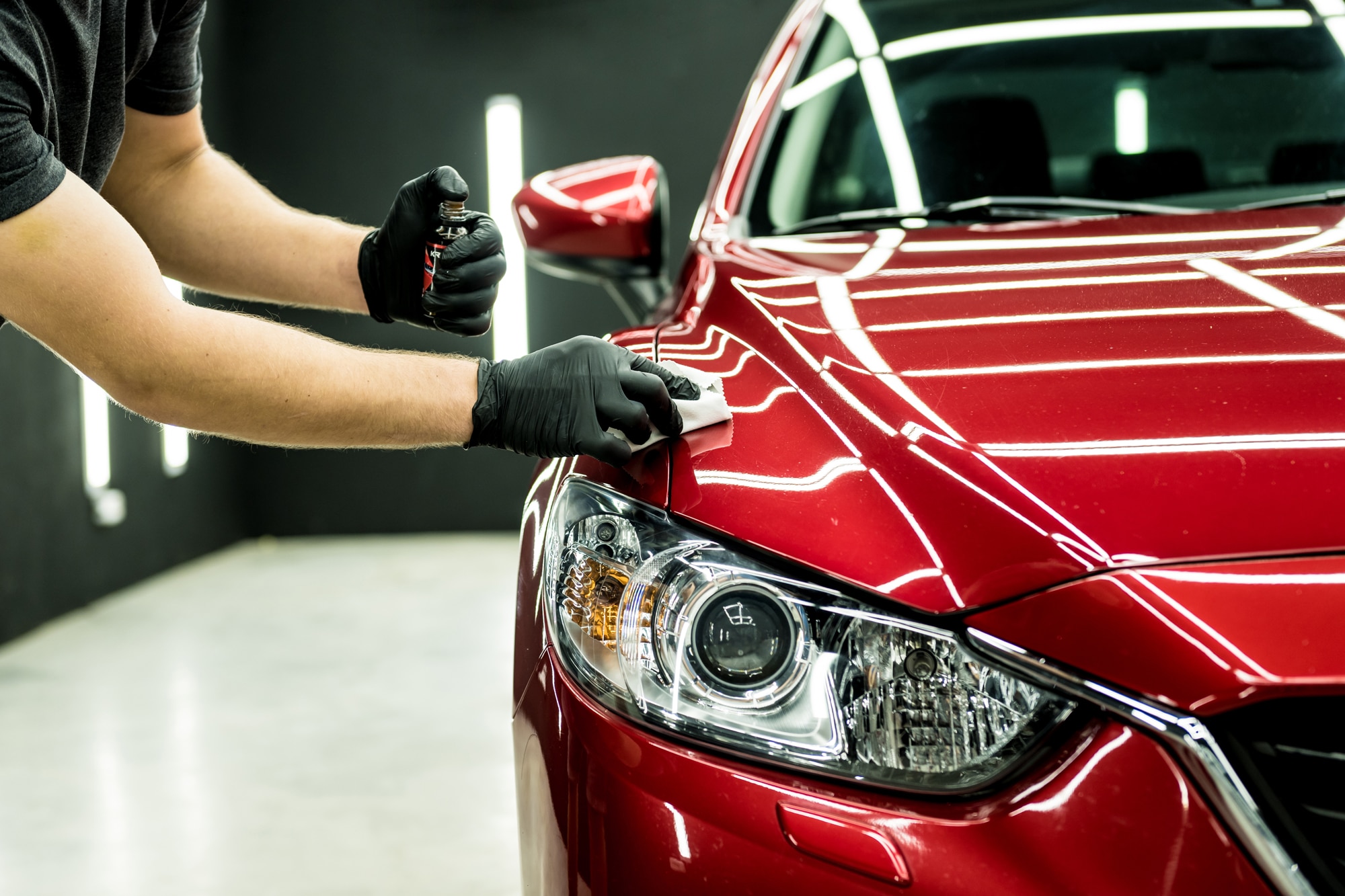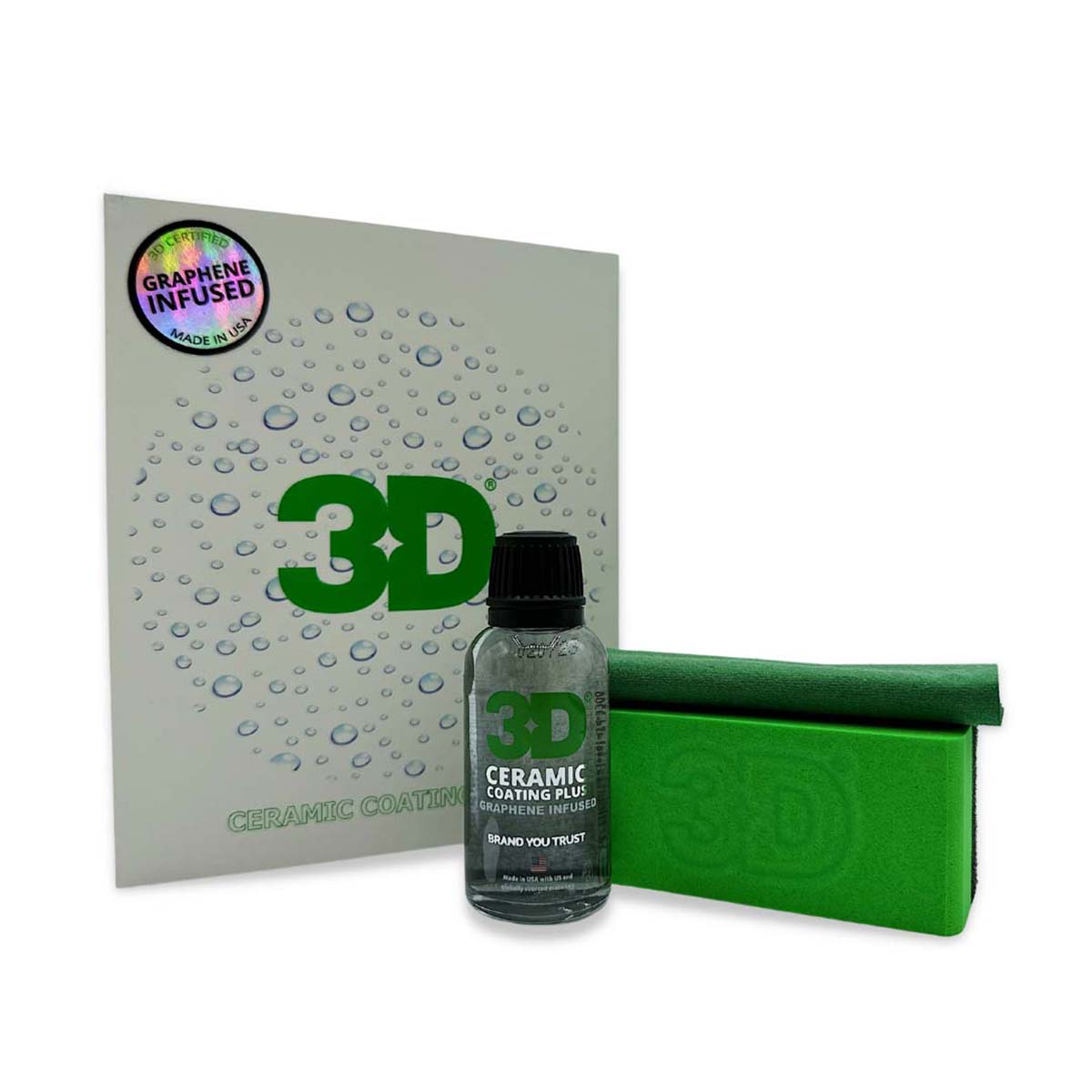Why Ceramic Finish Is the Ultimate Option for a Flawless Complete
Ceramic layer has actually become a leading option for those looking for a perfect finish for their lorries, many thanks to its amazing toughness and safety features. This advanced fluid polymer not just bonds seamlessly with manufacturing facility paint however also offers an awesome barrier against typical dangers such as scrapes, UV rays, and toxic wastes. Its hydrophobic homes streamline maintenance while improving visual charm. Recognizing just how this innovation compares to conventional methods and discovering its application subtleties can disclose also a lot more about its worth. What elements really set ceramic finish apart?
What Is Ceramic Layer?

When used appropriately, ceramic finish creates a hydrophobic surface that pushes back water and dust, making it easier to clean and keep. Unlike typical waxes or sealants, which generally provide brief protection, ceramic finishings can last for several years, depending on the item high quality and application approach. The procedure of using ceramic covering needs careful preparation, including complete cleansing and occasionally repaint adjustment, to ensure optimal bonding and efficiency.
Ceramic finishings are not restricted to vehicle surface areas; they can also be used on different products, including glass, steel, and plastics, offering a versatile remedy for improving security. Generally, ceramic coating represents a substantial improvement in surface area defense technology, incorporating both visual and functional benefits for a vast array of applications.
Advantages of Ceramic Covering
While several surface area protection options exist, the benefits of ceramic coating stick out because of its special properties and long-lasting performance. One of the main benefits is its exceptional toughness. Ceramic Coating Philadelphia. Unlike traditional wax or sealants that need constant reapplication, ceramic finishings give a resilient layer that can last for numerous years, substantially decreasing maintenance initiatives
Another notable benefit is boosted protection versus ecological contaminants. Ceramic coatings develop a hydrophobic surface area that fends off water, dust, and different toxins, making it easier to cleanse. This attribute not just protects the vehicle's appearance but likewise reduces the threat of corrosion and oxidation, especially in extreme climate problems.
Furthermore, ceramic coatings provide premium resistance to UV rays, stopping fading and destruction of paint over time. This UV security is crucial for preserving the visual value of automobiles and surface areas revealed to direct sunshine.
Additionally, the glossy surface achieved with ceramic coating enhances the total aesthetic charm, giving surface areas a showroom-quality sparkle. On the whole, ceramic finishings stand for a significant advancement in surface protection technology, giving enduring benefits that deal with both useful and aesthetic requirements.
How It Works
Understanding the scientific research behind ceramic finishings exposes just how they supply such amazing security and longevity. At its core, a ceramic layer is a liquid polymer that chemically bonds with the vehicle's factory paint.
The application process entails numerous steps, including surface area prep work, which check my site is important to achieving optimum bond. When used, the covering undergoes a treating process, throughout which it solidifies and creates a semi-permanent bond with the paint surface. This bond is what identifies ceramic coatings from typical waxes and sealants, offering a longer-lasting safety obstacle that can endure for several years.
Furthermore, the thickness of the layer can enhance its protective qualities, ensuring that it can withstand rough conditions. Ultimately, the scientific research of ceramic finishings incorporates innovative products with ingenious application strategies to deliver an unrivaled level of security and visual enhancement for vehicles.
Contrast With Conventional Methods
The advantages of ceramic finishes become especially obvious when compared to traditional paint defense techniques such as waxes and sealers. While waxes use a momentary shine, typically lasting a few weeks to a number of months, ceramic coatings view it now supply a long-lasting safety layer that can sustain for numerous years. This resilience substantially minimizes the frequency of reapplication, making ceramic finishings a much more cost-efficient remedy in time.
Additionally, conventional approaches usually require considerable prep work and numerous applications to achieve an adequate level of defense. On the other hand, ceramic coverings bond at a molecular level with the vehicle's surface area, creating a durable guard versus ecological pollutants like UV rays, acid rain, and road salts. This bond improves the automobile's resistance to scrapes and swirl marks, which are widespread with standard waxes and sealers.
Furthermore, the hydrophobic buildings of ceramic finishes repel water and dust, bring about less complicated cleansing and maintenance. On the other hand, wax and sealant-treated surface areas can draw in gunk, necessitating more try this site constant washing - Ceramic Coating Philadelphia. On the whole, ceramic finishes not only supply remarkable defense yet additionally deliver a more aesthetically enticing and long-lasting coating, developing them as the recommended option for discerning lorry owners
Application and Upkeep Tips

Using a foam applicator, apply the finishing in small sections, following the supplier's standards pertaining to density and overlap. Permit adequate treating time in between layers, commonly 1 day, to make certain correct bonding. After application, it is essential to avoid exposure to water or severe components for at least a week to permit the covering to totally heal.
For upkeep, clean the vehicle routinely with pH-balanced soaps and prevent unpleasant materials. Touchless automobile washes are advised to minimize damaging. In addition, using a ceramic maintenance spray can boost the covering's hydrophobic homes and durability. Regular evaluations for any signs of wear will certainly help preserve the coating's stability and maintain that beautiful finish.
Conclusion
In verdict, ceramic layer becomes a remarkable alternative for achieving a remarkable automotive finish. Its exceptional durability, safety high qualities, and hydrophobic homes considerably improve the vehicle's appearance while simplifying upkeep efforts. By developing a durable bond with factory paint, ceramic covering efficiently shields against scrapes, UV rays, and environmental pollutants. With a lifespan extending numerous years, this advanced remedy not only maintains but additionally boosts the general visual charm of automobiles, making it a cost-efficient investment for car fanatics.
